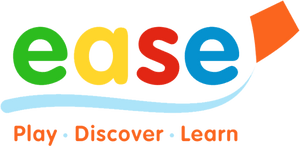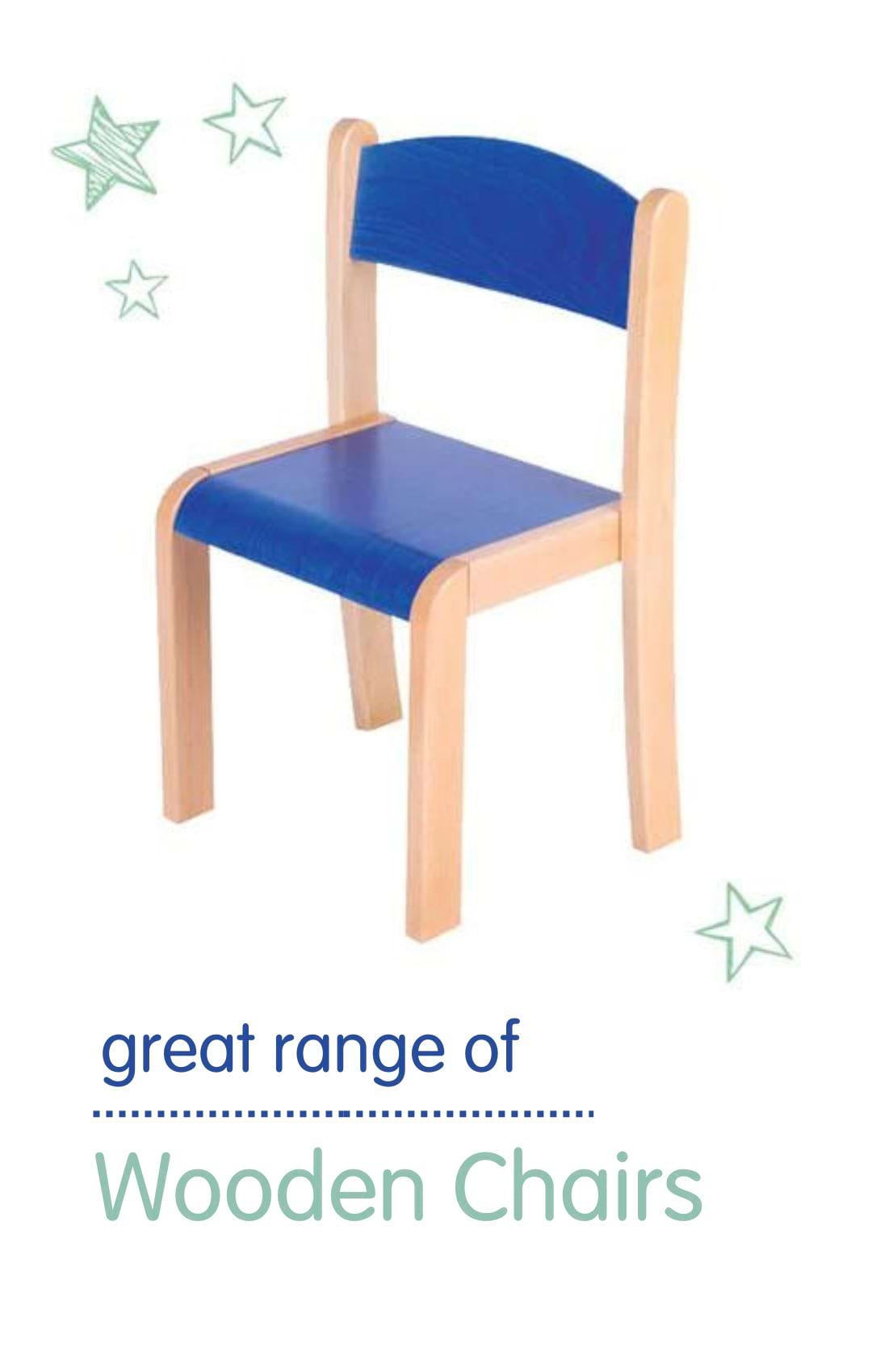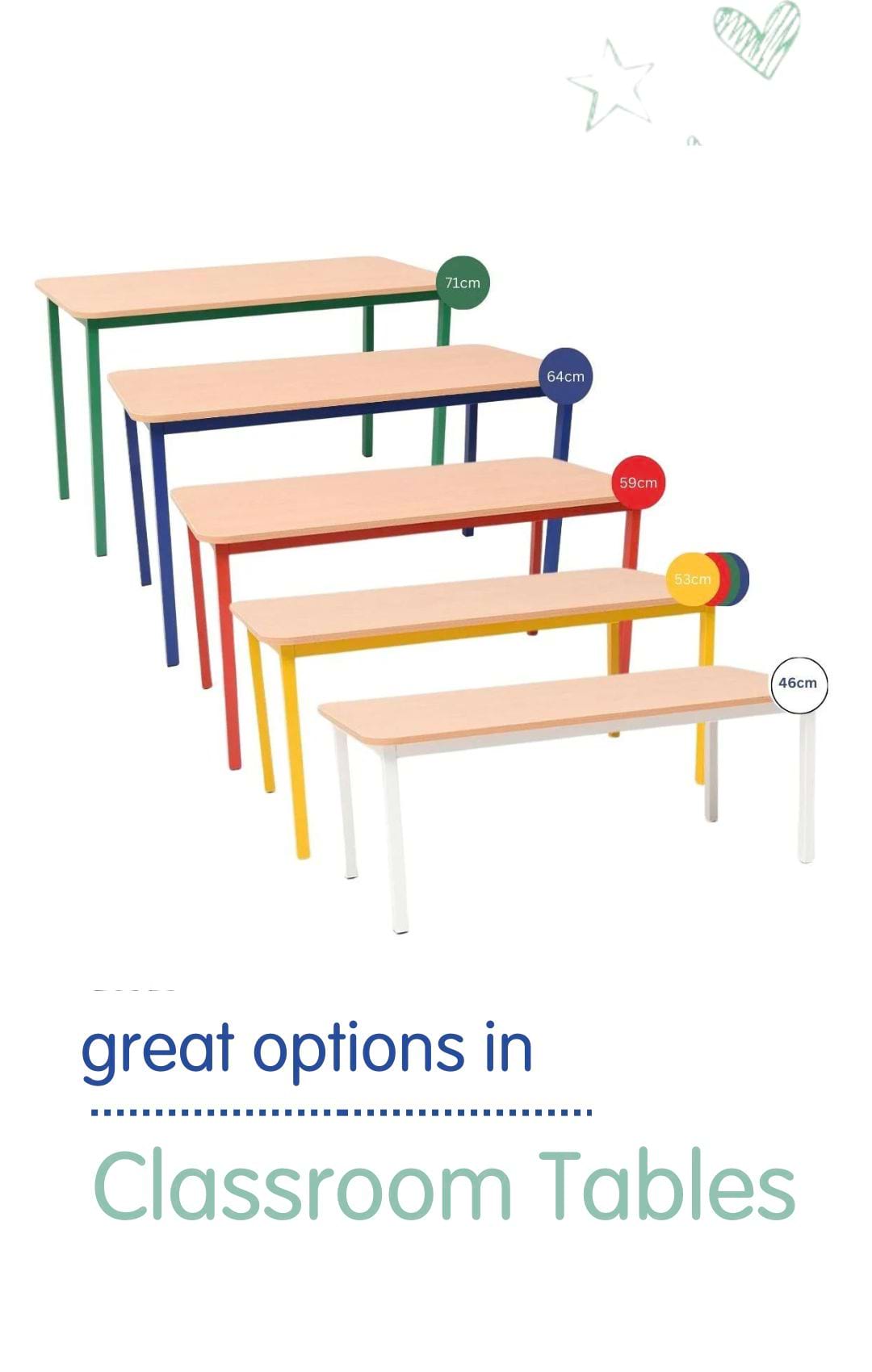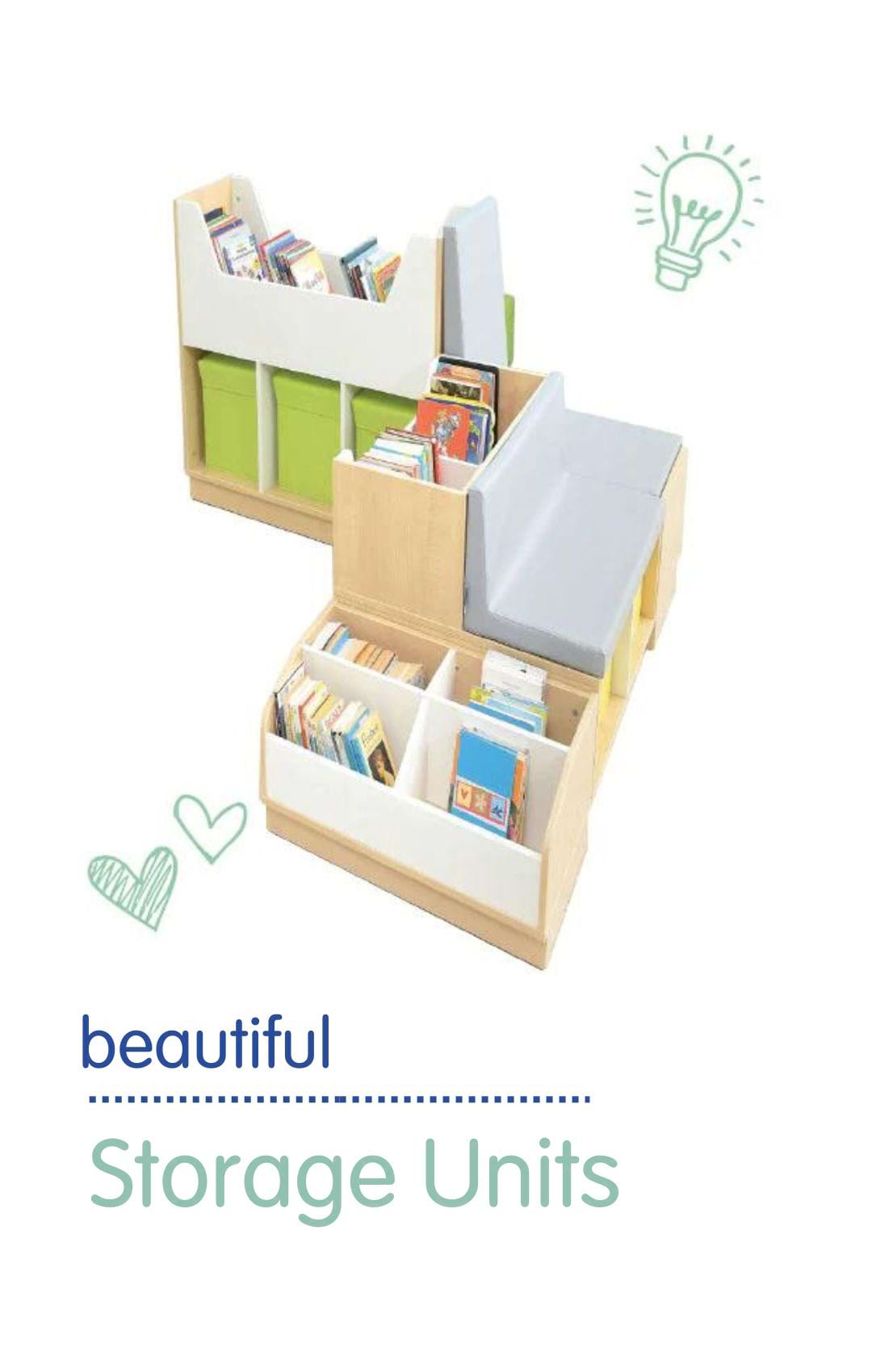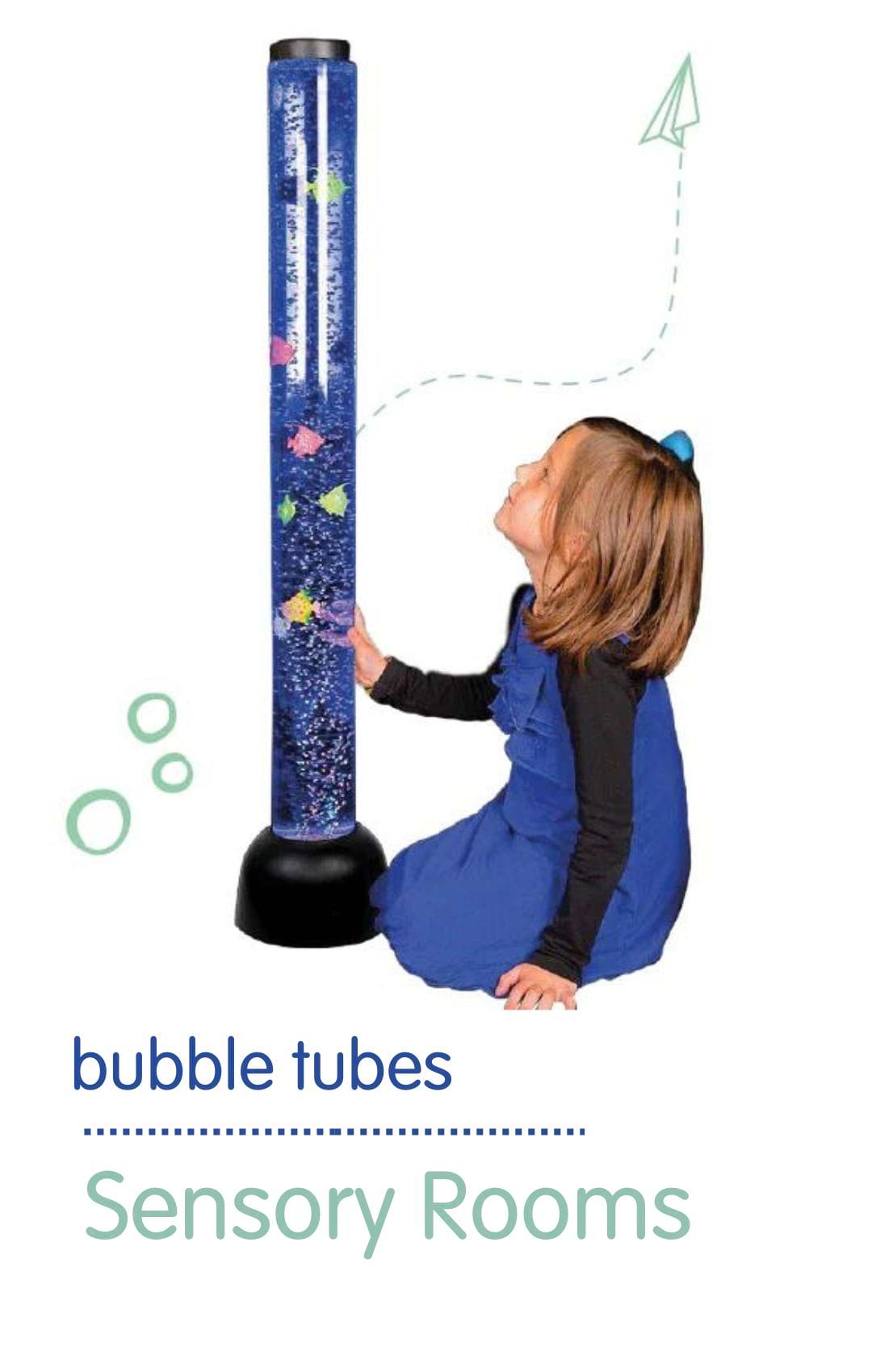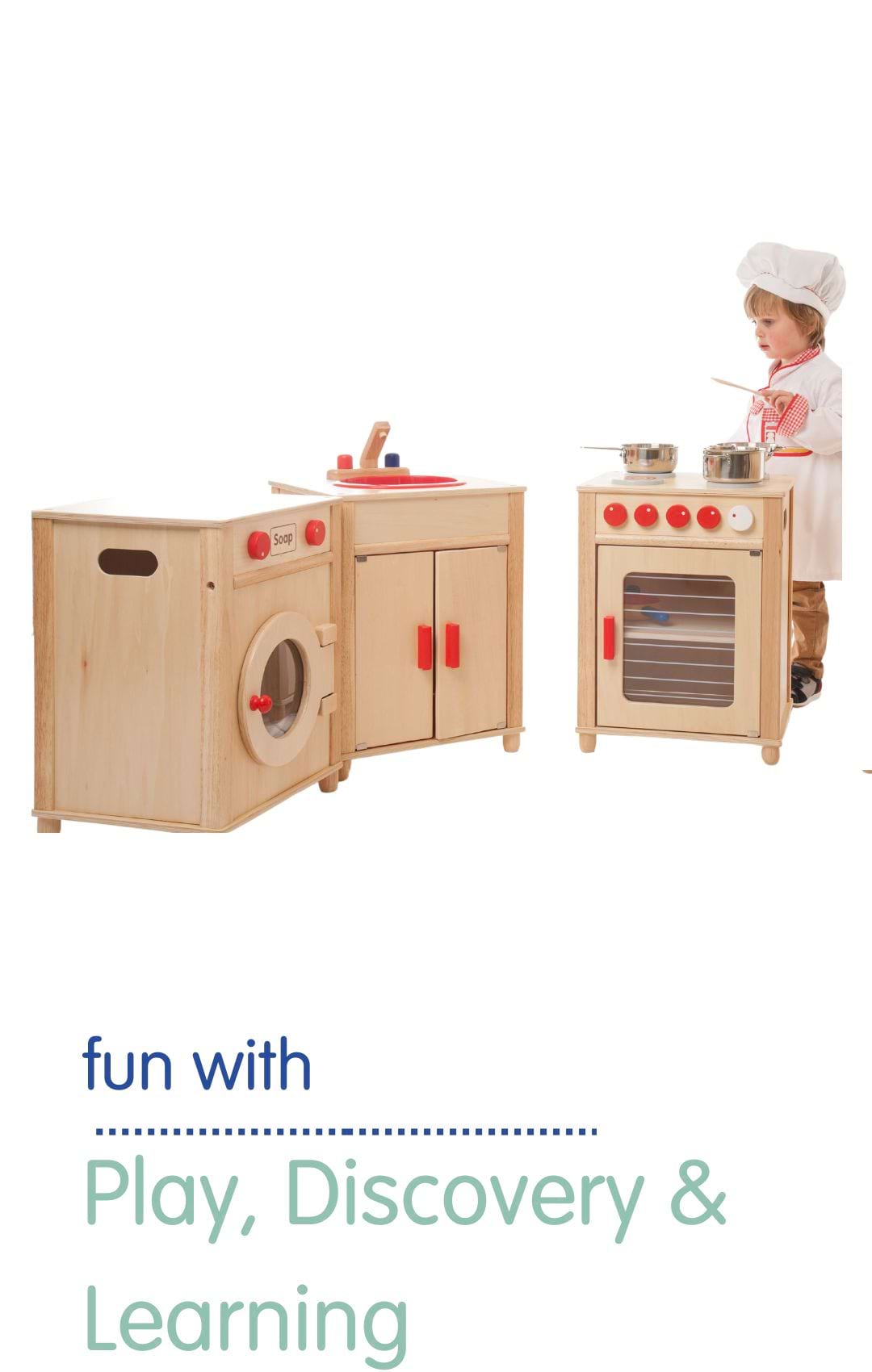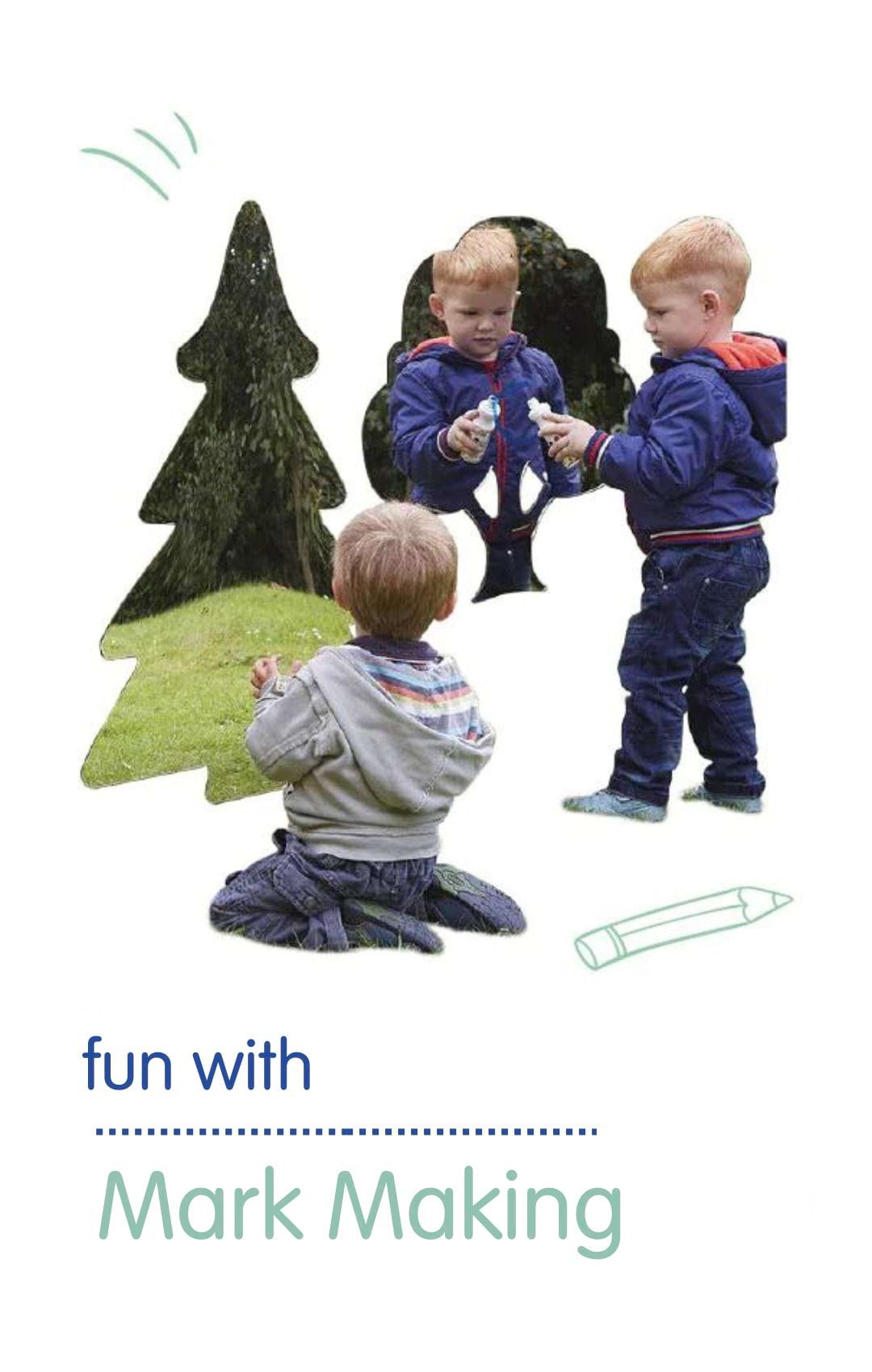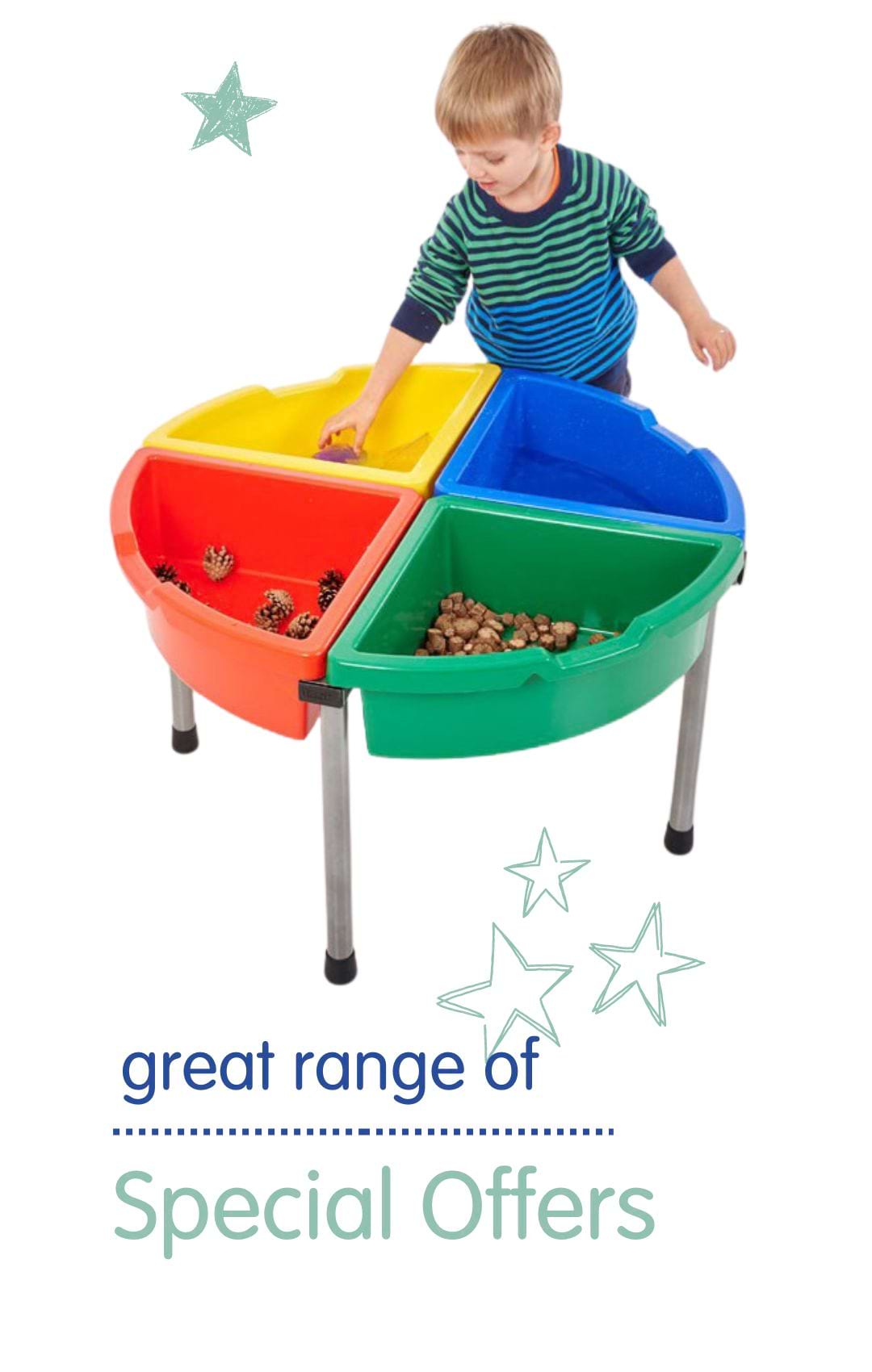
In our rapidly evolving educational landscape, the role of physical surroundings in shaping learning experiences cannot be overstated. Enter the innovative concept of educational mirrors—transformative tools that do more than decorate walls; they redefine how children and pupils engage with their environment and themselves.
These reflective surfaces foster self-awareness, encourage collaborative learning, and create a dynamic space where creativity can flourish. There are so many different types of mirrors available for use in educational environments. From simple shaped mirrors, sensory room mirros, distortion mirrors, infinity mirrors, outdoor mark making mirrors and so much more

 By bringing together the visual and tactile elements of learning, educational mirrors propel traditional teaching methods into new realms, sparking curiosity and collaboration among learners.
By bringing together the visual and tactile elements of learning, educational mirrors propel traditional teaching methods into new realms, sparking curiosity and collaboration among learners.
Join us as we explore the profound impact of educational mirrors on learning environments and how they can revolutionize the way we teach and learn.
The Science Behind Mirrors and Learning
Mirrors have long fascinated humans, serving as tools for self-reflection and introspection. In the context of learning environments, the scientific underpinnings of how mirrors influence cognition and behavior are equally compelling. At the heart of this phenomenon lies the concept of visual feedback. When students see their reflections, they receive immediate visual feedback, which can enhance self-awareness and promote self-regulation. This feedback loop is crucial for developing metacognitive skills, which are essential for effective learning.

Furthermore, mirrors can stimulate neural pathways related to spatial awareness and motor skills. Research in neuroscience has shown that observing one's actions in a mirror activates the brain's mirror neuron system. This system plays a pivotal role in understanding and imitating actions, which is fundamental for learning new skills. In a classroom setting, mirrors can thus facilitate the acquisition of motor skills, providing a means for students to observe and correct their movements in real-time.

Additionally, the psychological impact of mirrors extends to fostering a growth mindset. When students view themselves in a mirror, they are reminded of their individual learning journeys and the progress they have made. This constant visual reinforcement can boost self-esteem and encourage a positive attitude towards challenges and failures. By integrating mirrors into educational spaces, educators can create an environment that not only supports academic learning but also promotes emotional and psychological well-being.
Benefits of Incorporating Mirrors in Classrooms
The incorporation of mirrors in classrooms offers a multitude of benefits that extend beyond mere aesthetics. One of the primary advantages is the enhancement of collaborative learning. Mirrors can be strategically placed to encourage students to work together, facilitating group activities and discussions. When students see themselves and their peers in the reflection, it fosters a sense of community and shared purpose, making collaborative tasks more engaging and effective.

Mirrors also play a significant role in boosting creativity and imagination. In subjects like drama, dance, or art, mirrors can be invaluable tools for students to experiment with different expressions, movements, and perspectives. By providing a reflective surface, mirrors allow students to visualize their creative ideas and bring them to life. This visual aid can inspire innovative thinking and help students develop a deeper understanding of the subject matter.
Moreover, mirrors can aid in the development of critical thinking and problem-solving skills. When students are able to observe their actions and thought processes in a mirror, they can more easily identify areas for improvement and develop strategies to overcome challenges. This self-directed learning approach empowers students to take ownership of their education and become more independent learners. By fostering a reflective mindset, mirrors can help students develop the skills necessary for lifelong learning.
Types of Educational Mirrors
Educational mirrors come in various forms, each designed to serve specific purposes and enhance different aspects of the learning experience. Check out our Mirrors section to see the variety.
One common type is the full-length mirror, which is often used in physical education and performing arts classes. These mirrors provide a comprehensive view of the body, allowing students to observe their posture, movements, and alignment. Full-length mirrors are essential for activities that require precision and coordination, such as dance or gymnastics.

Another type of educational mirror is the interactive mirror. These mirrors are equipped with digital technology that can display information, images, or videos alongside the reflection. Interactive mirrors can be used to create immersive learning experiences, such as shape changing or infinity mirrors


Mirrors have long been appreciated for their ability to reflect light and images, but their impact on the human brain goes far deeper. When we look into a mirror, our brain engages in complex processes to interpret the reflected image, linking visual perception with cognitive functions. This process not only enhances spatial awareness but also stimulates self-recognition and self-assessment. Utilizing mirrors in educational settings taps into these neurological mechanisms, fostering a richer, more engaging learning experience for students.
Studies in cognitive psychology have demonstrated that the presence of mirrors can enhance self-awareness and metacognition. Metacognition, or the awareness and understanding of one's own thought processes, is crucial for effective learning. When students see themselves in a mirror, they become more conscious of their actions and behaviors, which can lead to improved self-regulation and a deeper understanding of their learning habits. This heightened self-awareness can be particularly beneficial in subjects requiring critical thinking and problem-solving.
Moreover, mirrors can serve as powerful tools for visual learners, who make up a significant portion of the student population. Visual learners benefit from seeing concepts and processes in action, and mirrors can provide real-time visual feedback that reinforces learning. For instance, in a science class, mirrors can be used to demonstrate principles of light reflection and refraction, making abstract concepts more tangible and easier to grasp. This multisensory approach can enhance retention and comprehension, paving the way for a more effective and engaging educational experience.
Types of Educational Mirrors
Educational mirrors come in a variety of types, each designed to serve specific purposes within the learning environment. One of the most common types is the full-length mirror, which can be used in activities that require body awareness and movement, such as dance, drama, and physical education. Full-length mirrors allow students to observe their posture, alignment, and movements, facilitating self-correction and improvement.
Another popular type is the convex mirror, which provides a wider field of view and can be used to enhance safety and supervision in classrooms and playgrounds. Convex mirrors can be strategically placed to allow teachers to monitor students more effectively, ensuring a safe and orderly learning environment. They can also be used in science experiments to demonstrate principles of optics and light reflection, enriching the learning experience with hands-on activities.
Interactive mirrors, equipped with touchscreens or augmented reality features, represent the cutting edge of educational mirror design. These high-tech mirrors can display educational content, provide interactive exercises, and even offer personalized feedback to students. Interactive mirrors can transform traditional classrooms into dynamic, tech-savvy learning spaces, catering to the needs of digital-native students and preparing them for the future.
The Impact of Mirrors on Learning Environments
The science behind mirrors and learning underscores the importance of self-recognition and metacognition in the educational process. By providing real-time visual feedback, mirrors help students become more aware of their actions and behaviors, leading to improved self-regulation and academic performance. This heightened self-awareness is particularly beneficial in subjects requiring critical thinking and problem-solving.
As technology continues to advance, the future of educational mirrors looks promising. Innovations such as smart and AR mirrors have the potential to revolutionize learning environments, offering interactive and immersive experiences that cater to the needs of modern students. By embracing these trends and addressing potential challenges, educators can harness the power of mirrors to create more effective and inspiring learning spaces. We dont sell these AR mirrors yet in Ireland, but will be looking to incorporate them into our offering in the future
In conclusion, educational mirrors are more than just decorative elements; they are powerful tools that can enhance the learning experience in profound ways. By fostering self-awareness, promoting collaboration, and creating stimulating environments, mirrors can transform education and unlock the potential for growth and discovery in every student. As we continue to explore the possibilities of educational mirrors, the future of learning looks brighter and more reflective.

